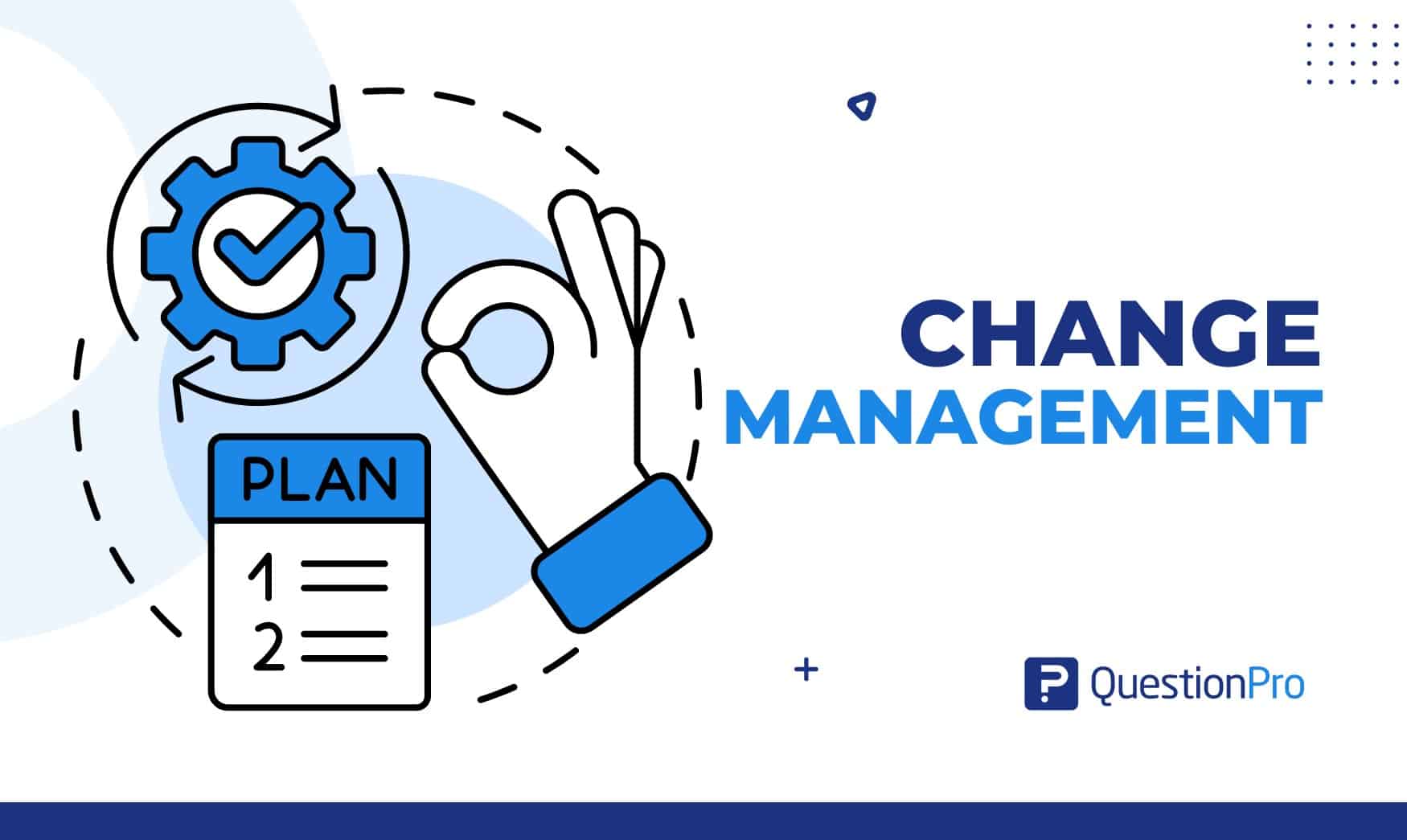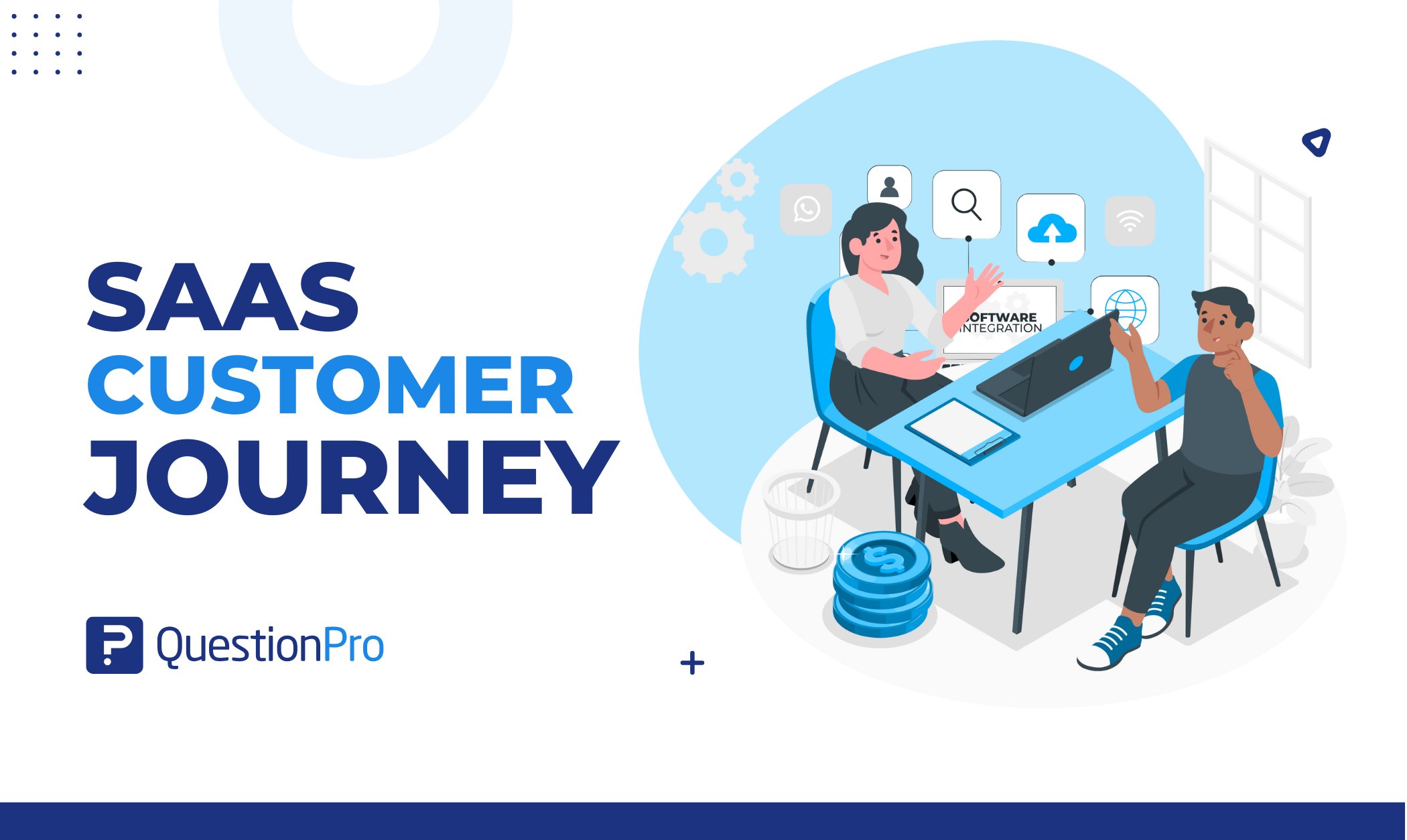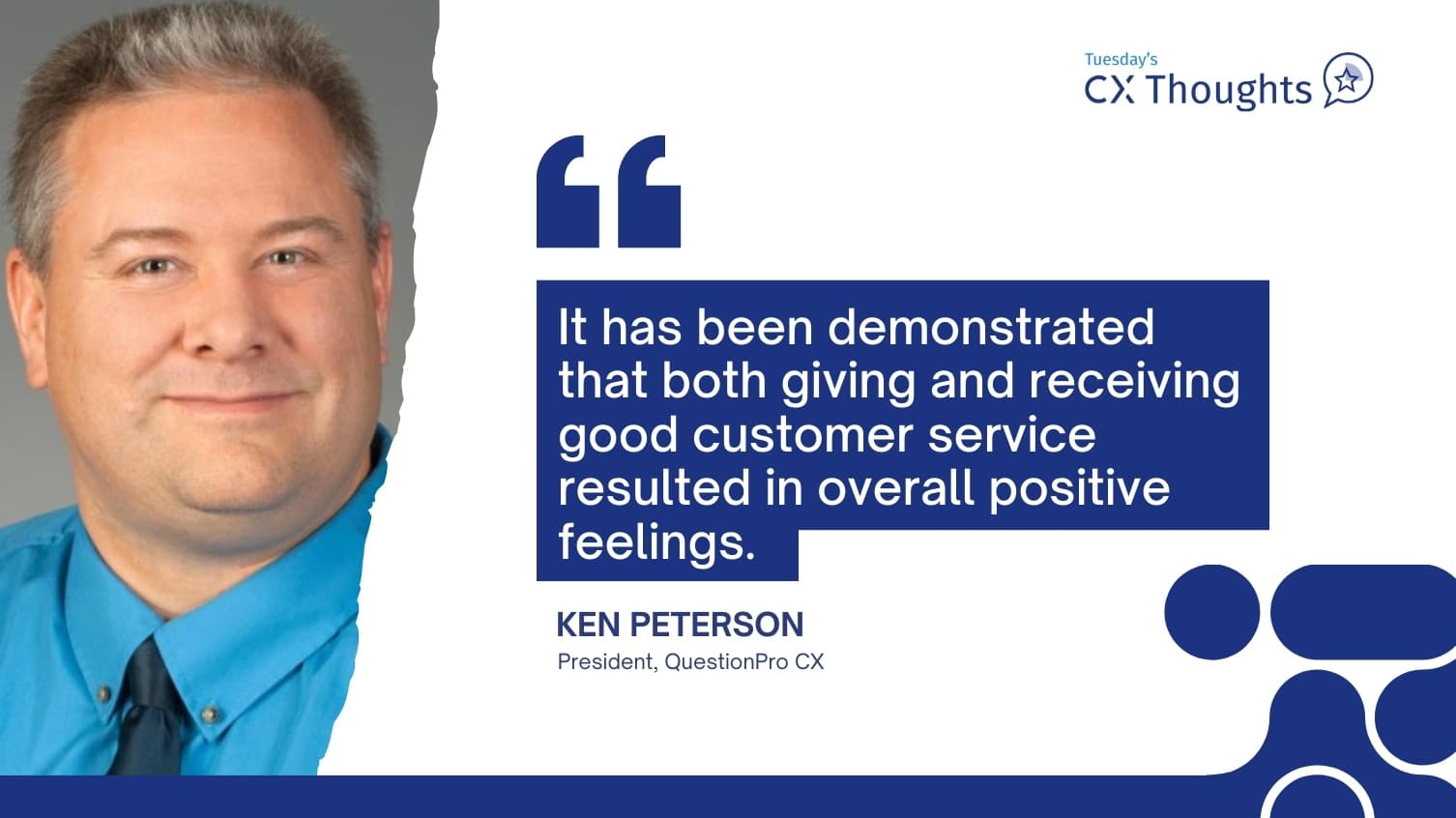
Change is all around us, and it can be exciting and a little scary. From bringing in new technology and reorganizing teams to shifting the way we work, change affects everyone. But with a solid plan, navigating these changes can feel manageable. No worries! Change management is all about helping organizations handle change smoothly so everyone can adapt and thrive.
In this blog, we’ll break down the change management process, explain why it’s important, and show you how it can benefit your organization. Let’s explore and discover how to make change work for you!
What is Change Management?
Change management is a structured approach to transitioning individuals, teams, or organizations from their current state to their desired future state. It involves managing the human aspects of change. It ensures stakeholders accept and adapt to new business processes, technologies, or strategies. The goal is to minimize disruption and provide a smooth transition.
Change management is essential in helping organizations grow, stay competitive, and remain agile in the business landscape.
Importance of Change Management
Change management is important because it helps people in the organization understand, accept, and adapt to changes. Without it, employees might feel confused or resistant, which can slow down progress or cause disruptions in daily operations. Here are a few reasons why change management matters:
It Reduces Resistance
People often hesitate to accept change, especially if they need to understand its reasons fully. Change management helps communicate the purpose of the change, which can ease concerns and get everyone on board.
Change Management Minimizes Disruption
When changes are not managed well, they can create confusion and disrupt productivity. A good change management process ensures that employees are prepared, trained, and supported, reducing disruptions to the business.
It Boosts Success
For any change to be successful, it needs the support of the people who will be affected by it. Change management increases the likelihood of success by involving employees and making them part of the process.
Sustains Long-Term Benefits
Changes aren’t just about short-term improvements; they should lead to lasting benefits. With proper change management, organizations can ensure that the new processes or systems become part of the company’s culture and routine.
In short, change management is essential because it helps organizations navigate transitions smoothly, keeping employees engaged and business operations running efficiently.
Types of Change Management
There are different ways to handle change depending on the situation. Here’s how you can approach four common types of changes:
1. Exceptional Change
These one-off events only affect a small part of someone’s experience. For example, a name change at work might need some paperwork and a new email address, but it doesn’t impact the person’s job role or daily tasks.
2. Incremental Change
These are slow, steady changes that don’t require major adjustments. For instance, gradually updating technology systems over time without causing big disruptions.
3. Pendulum Change
These are sudden and drastic shifts from one extreme to another. A good example is moving from working entirely in the office to a fully remote work setup.
4. Paradigm Change
These changes bring about a new way of thinking or doing things that become the new normal. An example is transitioning from always having real-time communication to a mix of both live and delayed (asynchronous) communication.
Each type of change requires its own approach, but being prepared and thoughtful makes it easier to adapt.
Steps to Follow in a Change Management Process
Managing change effectively is crucial for ensuring that transitions are smooth and successful. Here are some simple steps to follow in a change management process that can help your organization adapt to change with confidence.
1. Identify the Need for Change
The first step is recognizing why change is necessary. This could be due to various factors, such as market demands, technological advancements, or internal challenges. Take time to assess the situation and gather data that supports the need for change. Understanding the “why” will help you communicate effectively with your team later on.
2. Define Clear Goals and Objectives
Once you know the need for change, outline what you hope to achieve. Set clear, measurable goals and objectives that will guide the change process. For example, if you’re implementing new software, your goals might include increasing productivity by 20% or reducing processing time by half. Having specific goals keeps everyone focused and aligned.
3. Engage Stakeholders
Involve the people who will be affected by the change early on. This includes employees, management, and any other relevant stakeholders. Engaging them in discussions about the upcoming changes helps build trust and reduces resistance. Create opportunities for feedback and address any concerns they might have. When people feel included, they’re more likely to support the change.
4. Professional Development of a Change Management Plan
With your goals set and stakeholders engaged, it’s time to create a detailed change management plan. This plan should outline:
- Timeline: When will each phase of the change occur?
- Resources Needed: What tools, training, or support will be required?
- Responsibilities: Who will lead each part of the process?
- Communication Strategy: How will you keep everyone informed?
Having a clear plan in place makes the process more manageable and helps everyone understand their roles.
5. Communicate Effectively
Good communication is crucial throughout the change process. Be transparent about what’s happening, why it’s happening, and how it will impact everyone involved. Use multiple channels to share information—emails, meetings, and newsletters are all effective ways to keep your team in the loop. Encourage questions and provide answers promptly to alleviate concerns.
6. Provide Training and Support
As changes are implemented, ensure that everyone has the necessary training and resources to adapt. Whether it’s software training, workshops, or one-on-one support, equipping your team with the right tools is essential for a smooth transition. Remember, it’s natural for people to feel uncertain during times of change, so offering support is key to building confidence.
7. Monitor Progress and Gather Feedback
Once the change is underway, closely monitor how things are progressing.
- Are your goals being met?
- Are there any unexpected challenges?
Regularly check in with your team and gather feedback. This helps you identify any issues early on and make adjustments as needed. Being responsive shows that you care about how the change affects everyone.
8. Reinforce and Celebrate Success
After the change has been implemented, take time to reinforce the new processes and celebrate the successes. Recognize and reward those who have embraced the change and contributed to its success. Celebrating milestones not only boosts morale but also reinforces the positive aspects of the change, helping to embed it into the company culture.
9. Evaluate and Learn
Finally, take a step back and evaluate successful change initiatives. What worked well? What could have been improved? Learning from each change initiative helps you refine your approach for future changes. Document your findings so you can apply these lessons to upcoming projects, making your organization even more resilient.
Popular Change Management Models
Several change management models have been developed to guide organizations through change effectively. These models provide frameworks for managing change and ensuring that it is adopted smoothly and successfully. Here are some of the most popular enterprise change management models:
1. Kotter’s 8-Step Change Model
Created by John Kotter, this model is one of the most well-known approaches to successful change management. It outlines eight key steps to lead an organization through change.
- Create a sense of urgency.
- Build a guiding coalition.
- Develop a strategic vision and strategy.
- Communicate the vision.
- Empower employees for action.
- Create short-term wins.
- Consolidate gains and produce more change.
- Anchor the new changes in the culture.
Focus: Leadership and creating urgency for change.
2. ADKAR Model
The ADKAR model, developed by Prosci, is goal-oriented and focuses on the people affected by the change. It stands for:
- Awareness of the need for change.
- Desire to participate and support the change.
- Knowledge of how to change.
- Implementing change.
- Reinforcement to sustain the change.
Focus: Individual adoption of change.
3. Lewin’s Change Management Model
Kurt Lewin’s model is one of the oldest and simplest. It breaks the change process into three stages:
- Unfreeze: Prepare the organization for change by breaking down the existing status quo.
- Change: Implement the change by introducing new processes or ways of working.
- Refreeze: Solidify the change so it becomes part of the organizational culture.
Focus: Transition through three phases for a more structured change.
4. McKinsey’s 7-S Model
The McKinsey 7-S framework focuses on seven interconnected factors that need to align for successful change:
- Strategy
- Structure
- Systems
- Shared Values
- Style
- Staff
- Skills
Focus: Alignment of internal elements for organizational change management.
5. Bridges’ Transition Model
William Bridges focuses on the emotional and psychological transitions that people go through during change. The model has three stages:
- Ending, Losing, Letting Go: Acknowledge what’s being left behind.
- The Neutral Zone: People go through a period of uncertainty and confusion as they adjust to the new way.
- The New Beginning: Acceptance and new energy as the change takes hold.
Focus: Emotional transitions during change.
6. The Kubler-Ross Change Curve
Based on the five stages of grief, this model highlights the emotional journey people go through during significant changes:
- Denial
- Anger
- Bargaining
- Depression
- Acceptance
Focus: Managing emotions during change.
7. The Burke-Litwin Change Model
This model focuses on the relationship between the internal and external factors of change. It emphasizes the need for understanding how these factors influence performance. The model includes elements like:
- External environment
- Mission and strategy
- Leadership
- Organizational culture
- Systems
- Management practices
Focus: How organizational factors affect change.
Change Management Questions
Here’s a list of important change management questions that can help guide your organization through the change process:
General Questions
- What is the reason for this change?
- What are the specific goals of the change?
- Who will be impacted by this change?
- What resources are needed to implement change?
Communication and Engagement
- How will we communicate the change to everyone involved?
- What channels will be used to disseminate information?
- How will we engage employees in the change process?
- What feedback mechanisms will be in place?
Training and Support
- What training will be required to support the change?
- How will we provide ongoing support during the transition?
Evaluation and Measurement
- How will we measure the success of the change?
- What will be the criteria for evaluating the effectiveness of the change?
Risk Management
- What are the potential risks or challenges associated with this change?
- How will we handle resistance to the change?
How QuestionPro Can Help in The Change Management Process
One of the key tools that can support this process is QuestionPro, a powerful platform designed for surveys, feedback, and data collection. Let’s explore how QuestionPro can aid your organization throughout the change management process.
1. Gathering Insights and Feedback
Before any change is implemented, it’s essential to understand the current landscape. QuestionPro allows you to create surveys to gather insights from employees about their feelings, concerns, and expectations regarding the upcoming changes. This feedback is invaluable for:
- Identifying potential areas of resistance
- Understanding employee needs and preferences
- Gathering suggestions for a smoother transition
2. Engaging Stakeholders
Engaging employees and stakeholders in the change process is vital for success. QuestionPro enables organizations to design interactive surveys and polls to involve employees in discussions about the change. This engagement can lead to:
- Increased buy-in and support for the change
- A sense of ownership among employees
- Valuable input that can shape the change strategy
3. Monitoring Progress
Once the change is underway, it’s important to track how it’s going. QuestionPro offers real-time analytics and reporting tools that allow you to monitor the impact of the change on employee engagement and productivity. This helps organizations:
- Identify challenges as they arise
- Make data-driven adjustments to the change management strategy
- Ensure that goals are being met
4. Training and Support Evaluation
Training is often a critical part of the change management process. QuestionPro can be used to create training feedback surveys to evaluate the effectiveness of training programs. This helps organizations to:
- Identify gaps in knowledge and skills
- Make improvements to training sessions
- Ensure that employees feel confident and prepared for the changes
5. Measuring Success and Impact
After the change has been implemented, it’s important to assess its success. QuestionPro allows organizations to conduct follow-up surveys to measure the impact of the change on employee satisfaction, productivity, and overall engagement. This helps in:
- Understanding the effectiveness of the change
- Gathering insights for future changes
- Celebrating successes and recognizing areas for improvement
6. Continuous Improvement
Change is an ongoing process, and QuestionPro can help organizations foster a culture of continuous improvement. By regularly surveying employees and collecting feedback, organizations can stay ahead of potential issues and continuously adapt their strategies to meet changing needs.
Conclusion
Change management is critical to any successful organization, particularly in human resource management. Organizations can navigate transitions smoothly, minimize disruption, and achieve their desired outcomes by understanding the process and implementing effective change management strategies.
Embracing change positively benefits the organization and empowers employees to thrive in a dynamic environment. With the right approach, change can lead to growth, innovation, and a brighter future for everyone involved.
QuestionPro is a powerful tool that can significantly enhance your organization’s change management process. With QuestionPro’s capabilities, organizations can navigate change more effectively, ensure a smoother transition, and engage a more engaged workforce. Embrace the power of feedback and data with QuestionPro to make your change management process a success!







